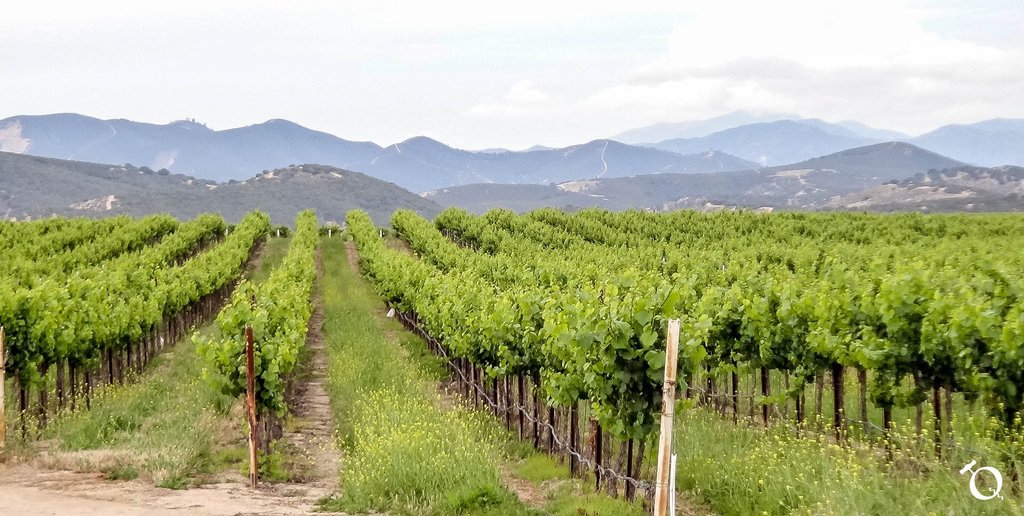June 15th - This Date in Wine History
/Wine has a long established history of being our drink of choice for celebrating, entertaining, and savoring life; but it didn't start out that way. From the invention of the barrel to the designation of the separate viticultural areas, wine has a long and sorted history. In our daily feature "This Date In Wine History," we share an event of critical importance in wine history.
- Lisa del Giocondo was born in 1479. She was the daughter of a Chianti vineyard owner and later married Florentine silk merchant. She was the model for Leonardo da Vinci’s most famous painting, The Mona Lisa.
- Arkansas was admitted to the union in 1836. It is home to the Altus, Arkansas Mountain and Ozark Mountain viticultural areas.
- California's Mendocino AVA was designated in 1984.
- California's Monterey AVA was designated in 1984.
- It is the feast day of Saint Germaine of Pibrac (France). She was known to sleep on a pallet vine cuttings from her infancy until the time she died at the age of 22.








